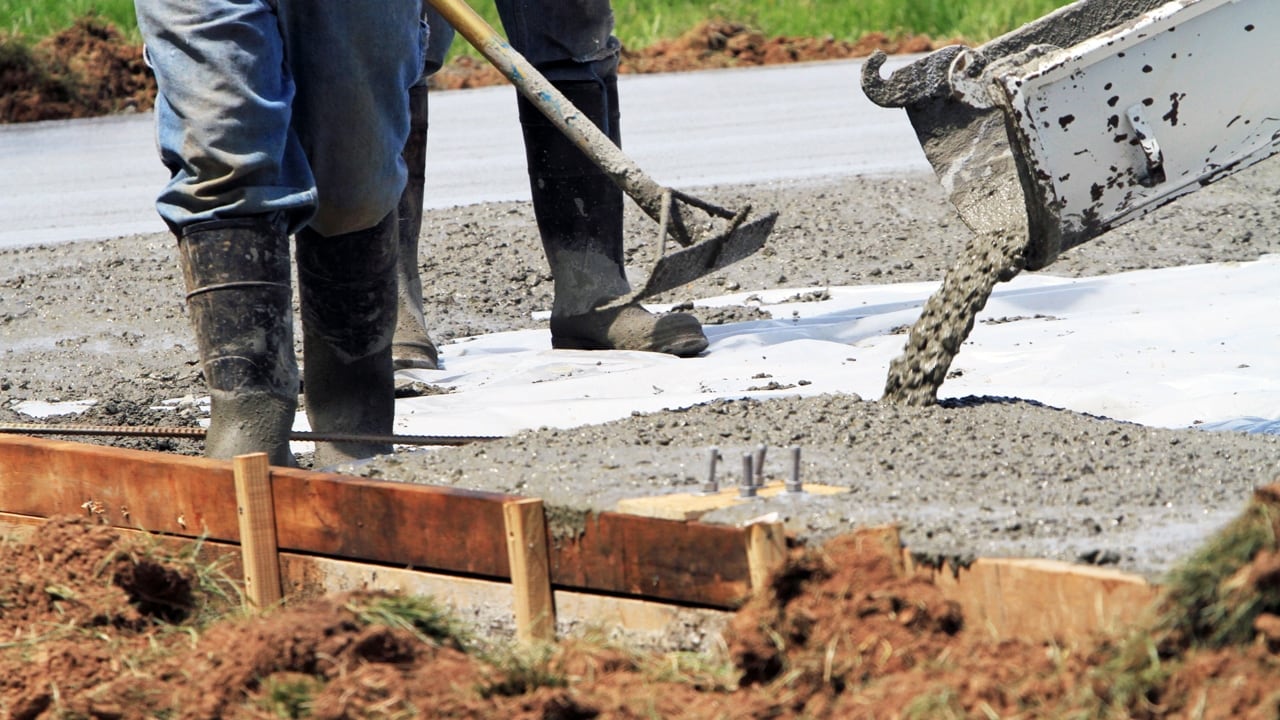In-Depth Insights right into Concrete Scanning Procedures
In-Depth Insights right into Concrete Scanning Procedures
Blog Article
Introduce the Transformative Power of Concrete Scanning in Taking Full Advantage Of Efficiency and Security
Concrete scanning has arised as a critical device in the construction market, using unparalleled benefits in enhancing project efficiency and guaranteeing security requirements. The transformative power of concrete scanning exists in its capability to supply real-time information and in-depth understandings, revolutionizing just how projects are planned and executed.
Value of Concrete Scanning
Guaranteeing the architectural integrity and security of building jobs starts with the important action of carrying out detailed concrete scanning. Concrete scanning is a non-destructive technique made use of to spot and map subsurface components within concrete frameworks.
The value of concrete scanning can not be overemphasized, as it plays a vital function in protecting against accidents, lessening project delays, and making sure the lasting sturdiness of the building and construction. By identifying potential dangers prior to the building and construction phase begins, builders can execute proper precaution and make notified choices pertaining to the design and implementation of the project. Furthermore, concrete scanning assists in maximizing task timelines and spending plan by avoiding unexpected costs and delays that may develop as a result of unpredicted obstructions within the concrete. Ultimately, purchasing extensive concrete scanning is a positive technique that improves both effectiveness and security in building jobs.
Exactly How Concrete Scanning Functions
Concrete scanning operates as a vital device in building jobs by employing innovative technologies to find and map subsurface aspects without triggering structural damages. Ground Permeating Radar (GPR) and Electromagnetic Induction (EMI) are two key techniques used in concrete scanning. GPR jobs by producing high-frequency radar pulses into the surface area, which get better when they experience subsurface objects or voids. The time considered the signal to return suggests the depth and area of the items. EMI, on the other hand, makes use of magnetic fields to identify variations in material structures, such as determining rebar or conduits within concrete structures.
During the scanning process, the data gathered is examined in real-time, permitting prompt recognition of potential hazards or challenges below the surface area. By utilizing these innovative modern technologies, concrete scanning significantly reduces the risk of costly damages and injuries on construction sites.
Benefits of Concrete Scanning
Utilizing advanced scanning technologies in construction projects supplies a plethora of benefits, boosting both effectiveness and security on-site. One of the primary benefits of concrete scanning is the ability to detect and locate ingrained things such as rebar, post-tension cords, and channels properly. By determining these aspects prior to boring or reducing into concrete structures, the danger of unexpected strikes is dramatically reduced, protecting against possible injuries to employees and damage to the framework itself. In addition, concrete scanning assists in planning and making extra successfully, as it offers precise details regarding the location and deepness of structural parts.

Situation Research Studies: Concrete Scanning Success

In an additional instance, a building firm utilized 3D concrete scanning to examine the problem of aging concrete structures in a historical structure. The detailed scans offered useful understandings into the extent of degeneration and aided prioritize maintenance initiatives properly. By proactively addressing locations of problem identified via scanning, the firm was able to prolong the life-span of the structure and guarantee owner safety.
These study underscore the transformative power of concrete scanning in improving performance, accuracy, and security in construction jobs.
Applying Concrete Scanning in Projects
Carrying out innovative scanning technologies during building tasks has actually become increasingly essential for boosting accuracy and safety and security. By incorporating concrete scanning into project preparation and execution, construction groups can recognize possible hazards, such as rebar or post-tension wires, concealed within concrete structures. This proactive approach decreases the threat of mishaps, delays, and costly rework, inevitably bring about a lot go more effective project timelines and budgets.
To apply concrete scanning properly, job managers should team up very closely with skilled scanning professionals to determine one Home Page of the most appropriate scanning methods for the particular project requirements. Involving scanning professionals from the onset of a job makes it possible for the group to produce detailed scanning strategies that attend to crucial locations of issue and make sure comprehensive information collection.
In addition, integrating concrete scanning right into normal project operations can improve decision-making procedures, as real-time scan data supplies immediate understandings into the condition of concrete frameworks - Concrete Scanning. This data-driven method facilitates notified analytic and enables groups to make adjustments immediately, cultivating a culture of performance and safety throughout the job lifecycle

Conclusion
In verdict, concrete scanning plays an essential function in boosting efficiency and security in building tasks. By utilizing sophisticated modern technology to detect and map out underlying frameworks within concrete, this procedure aids to prevent expensive errors, make certain architectural integrity, and lessen threats on site. With the ability to discover concealed components and provide accurate data, concrete scanning shows to be a useful tool for enhancing job results and maximizing overall success.
Concrete scanning is a non-destructive method made use of to identify and map subsurface components within concrete frameworks. In addition, concrete scanning aids in maximizing job timelines and budget plan by preventing unforeseen costs and delays that might emerge due to unpredicted blockages within the concrete. One significant situation study involves a large improvement task where concrete scanning played a crucial duty in making certain job success.In one more case, a construction firm used 3D concrete scanning to evaluate the condition of maturing concrete structures in a historic structure. By integrating concrete scanning into task planning and execution, building teams can determine prospective hazards, such as rebar or post-tension cables, concealed within concrete frameworks.
Report this page